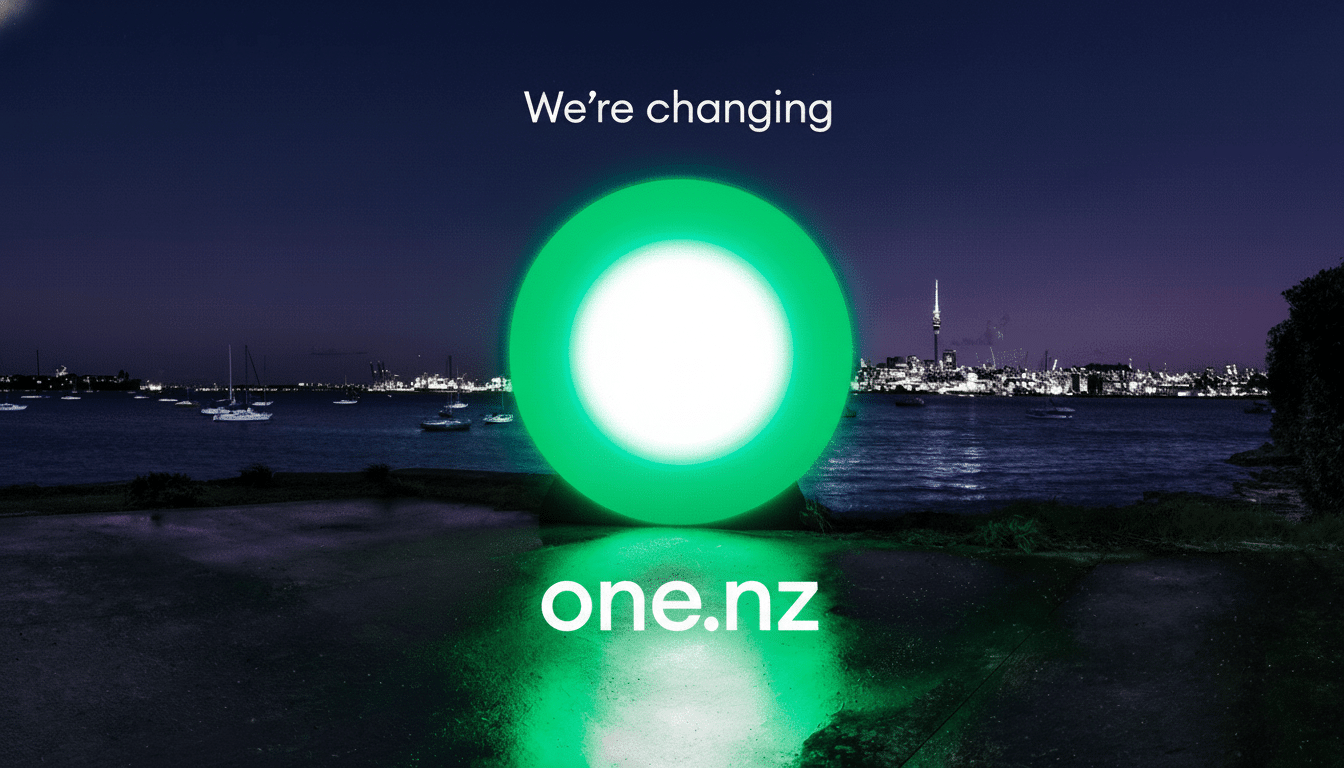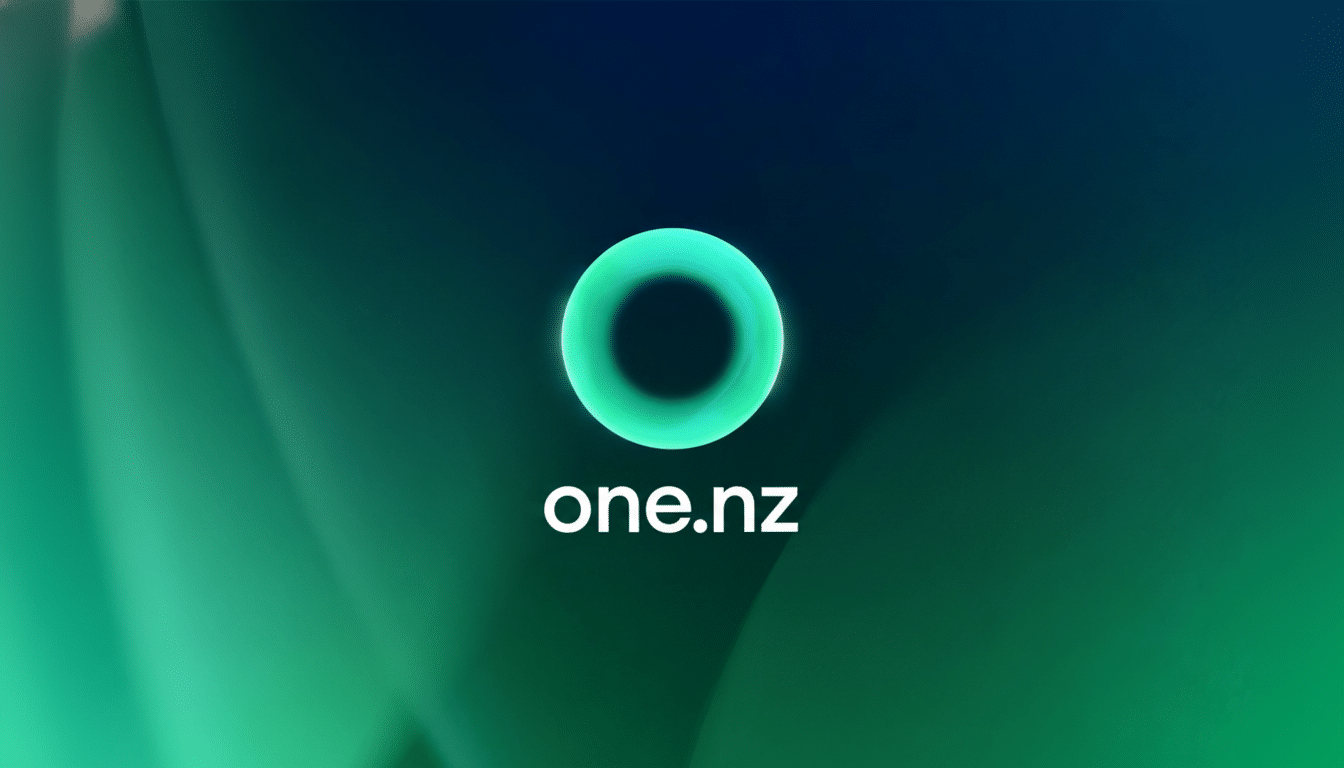New Zealand’s mobile networks are under assault in what carriers are calling a prolonged, deliberate attack, including one incident that reduced a downtown Wānaka site to charred steel. The damage has created problems for services around the tourist town and in the wider Otago region, with police investigating whether the incidents are connected.
What Happened in Wānaka During the Recent Tower Arson
One New Zealand said that an arsonist deliberately set fire to its central Wānaka cell site, which destroyed equipment and cabling. The operator estimates it will take at least four weeks to rebuild, a timeline that takes into account both the specialised gear necessary and the logistical challenge of building from scratch a compliant site.
- What Happened in Wānaka During the Recent Tower Arson
- Impact on Mobile Coverage and Public Safety in Otago
- Investigators Explore Motives, Misinformation
- How Carriers Are Responding to a Wave of Arson Attacks
- A Persistent Problem With Real Costs for Communities
- What Comes Next for Wānaka and New Zealand Networks

The Wānaka fire follows previous fires in the area. New Zealand’s Telecommunications Users Association said it was a huge concern attacks were becoming more “intense and harmful” after one of the country’s biggest internet providers reported that attacks had cut off power to their offices and taken out two microwave buildings, shutting down some mobile phone service. Spark NZ, a rival, also confirmed its town site had been attacked. A second defaced site in July is also being treated as a suspected act of vandalism. Carriers have urged residents to inform New Zealand Police and Fire and Emergency New Zealand of any tips as investigators consider evidence from the scene and camera footage.
Impact on Mobile Coverage and Public Safety in Otago
Despite the redistribution of traffic to nearby sites, degraded coverage generates congestion at peaks.
Here in the mountains of Wānaka, geography prevents us being networked through lines of sight, so there is less overlap between towers; if a link fails it has service effects across voice, text and data. That has genuine safety consequences: emergency 111 calls increasingly use mobile, and location accuracy services supporting those trying to help depend on a reliable network.
Telecommunications engineers caution rebuilding isn’t as easy as replacing gear. Site power, backhaul links, spectrum tuning, and regulatory coordination must all be re-created. Industry groups say it can cost into the hundreds of thousands of dollars to altogether replace a tower, not only in immediate economic damage to local businesses that lose reliable connectivity — and, as a result, customers — but also in potential longer-term harm.
Investigators Explore Motives, Misinformation
Officials at One New Zealand have publicly warned that the arsonist is probably acting on conspiracy theories. But Spark CEO Jason Paris said no evidence existed that 5G was bad for health, and CTO Kieran Byrne encouraged would-be attackers to use their communication powers for good — not lighting up critical infrastructure. Their comments reflect positions taken by the World Health Organization and New Zealand’s Ministry of Health that 5G emissions within international guidelines do not present proven health dangers.

The attacks have not been claimed by any group, but the pattern is recognizable. Misinformation during the pandemic led to waves of sabotage attacks on 4G and 5G sites in several countries. Mobile UK, the British industry association, recorded dozens of cases of arson or vandalism in 2020, providing a reminder that fringe narratives can all too easily transform themselves into real-world damage.
How Carriers Are Responding to a Wave of Arson Attacks
Operators say they are fortifying vulnerable sites with increased surveillance, fencing and alarms — and have begun planning with local authorities for swift deployment should something happen. When they can, they set up fleets of temporary “cells on wheels” that restore basic coverage, but spectrum licences and availability of backhaul and suitable sites all limit how fast those units can be deployed to rugged terrain.
New Zealand’s biggest telecommunications carriers have previously called for stronger penalties following attacks on critical infrastructure and more community education. The group notes that the towers don’t merely hold mobile phone traffic but are also relay points for utilities, farm operations and transport telemetry — so a single blaze can do far more than take weekend streaming offline.
A Persistent Problem With Real Costs for Communities
New Zealand has faced such anti-5G vandalism before, but the violence in Wānaka suggests that some wilfully ignorant people there remain a danger to it. Every wrecked site ties up precious technicians, delays network upgrades elsewhere and diverts capital that could otherwise have been spent on expanding rural coverage or fortifying networks against inclement winds. The practical impact on residents is straightforward: slower service and fewer reliable options when they are needed most.
Police call on anyone with information—such as sightings of activity near the towers, strange social media posts or suspicious purchasing of accelerants—to get in touch with New Zealand Police. Carriers, meanwhile, are highlighting evidence-based resources from the Ministry of Health and international standards bodies to refute misinformation before it can spread further.
What Comes Next for Wānaka and New Zealand Networks
Wānaka’s reconstruction is underway and network operators are looking at additional redundancy to minimise the impact of a similar event in future. But prevention will depend as much on community support and clear public information as on steel and fibre. The more quickly misinformation is countered — and suspects are identified — the more rapidly New Zealand’s mobile-networking operators can get back to doing what they do: silently linking people in times of need.

